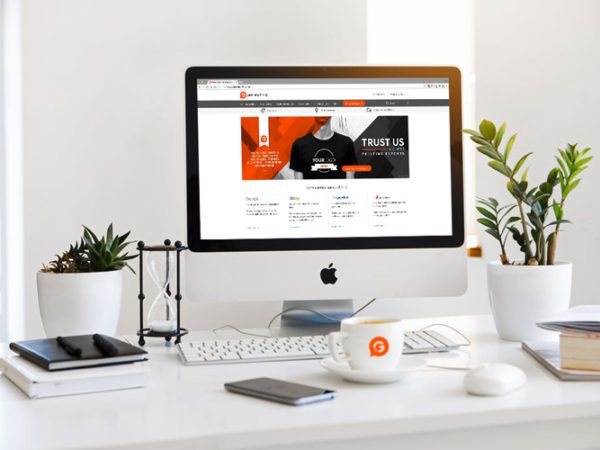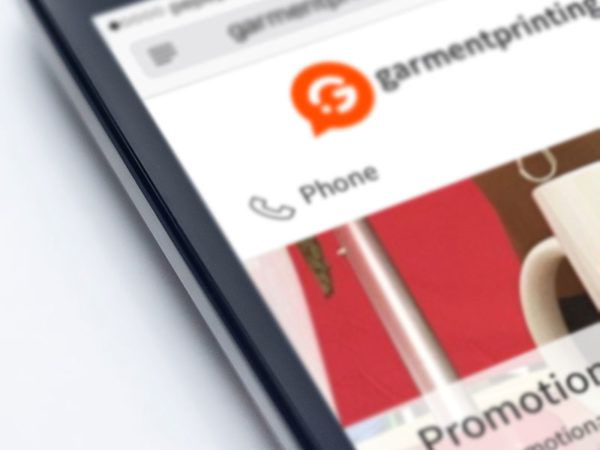Many of the doubts that crop up when deciding to embark on a printed promotional merchandise campaign revolve around the issue of measuring the results. How do you know that the substantial sum of your marketing budget that you’ve diverted to promotional merchandise is even making any profit? Maybe the uptick in sales and growth in leads is due to that advert that you’ve been sliding into the start of every major YouTuber’s video? In the internet age, data is the most important thing to compile for the modern marketer so it’s imperative we know how our marketing strategies are performing. In this article, we will highlight a few tips and tricks so you can monitor your promotional merchandise campaign and the concrete results it’s having. Ready? Let’s get underway.Get In touch!

Measuring Promotional Marketing Using Google Analytics
Promotional marketing is grounded in the real world, which undoubtedly makes its impact more difficult to monitor than a social media campaign that is directly linked into insights and analytics. Fortunately savvy marketers have developed a few methods of working their way around this.
Let’s say you have an offer on autumn promotional merchandise, for example autumn printed clothing and you are eager to discover the amount of traffic is arriving from it. Instead of using your standard homepage URL which wouldn’t let you differentiate from direct and organic search traffic, you could use a vanity URL. A vanity URL would consist of an easy to remember URL like ‘www.garmentprinting.com’. This would then redirect to a tagged URL, which would be hooked up to Google Analytics and would contain all of the of identifiers such as the source, medium, campaign, keyword and content. You would be able to clearly trace any traffic that came from that exact billboard on the edge of town by the forest. For a TV advertisement from the same campaign, you could use a slightly different vanity URL, link to that a slightly different tagged URL with the source value and content (location) adjusted to to accommodate the new advertisement’s details.
This is not completely foolproof and if visitors see your advertisement and then arrive on your site using your standard domain or a search engine, then they obviously will not be recorded as having arrived through the advert, but hopefully it furnishes you with enough data for you to notice patterns and trends and gain an idea of the efficacy of your campaign.
Even if people don’t use your vanity URLs to access your deals and eCommerce store, then you can often draw some conclusions about the success of your advertising campaign by just observing analytics and noticing upticks in traffic and brand search that coincide with the release or introduction of a new advertising campaign.
Burrowing further into Analytics
Vanity URLs that link to custom landing pages can dredge up a lot of useful data about the performance of your campaigns . You can further expand the role of Google Analytics in your business by setting goals. You may be purely thinking in macro terms of the sales that your campaign could lead to, but there are numerous other metrics that can give indications about the success of your campaign.
For example, toy with the idea of using Google Analytics to set up micro-goals that measure the amount of people who come through to the site using your Vanity URLs and then go onto subscribe to your email mailing list, complete a contact form, click onto your social media accounts or download a product guide or spec sheet. This gives you much greater granularity in gauging how these sections and features of your site are measuring up, and specifically how visitors from your marketing campaigns respond to them.
Traditional Measuring Methods
The methods that we’ve listed thus far for measuring the results of your campaign have for the most part been rather occult and discrete. There is a different tack that you can choose. Namely, to be more bold and upfront with your customers. It may seem old-fashioned and unextravagant but when a customer enters your site, you could survey them and discover where exactly they found out about your company. This can come in the form of a brief pop-up when they enter the website. Make the process as frictionless as possible so they can get down to the real business of determining whether your company’s offerings meet their demands.
Alternatively, you can contact clients individually by phone and receive more personal responses. In addition to receiving information about how they managed to find out about your site, whether it was through your marketing campaigns, organic search or word-of-mouth, you’ll also be given the unique opportunity to receive input and feedback on your company’s service and offerings and if they feel you are falling short in any department.
As long as it’s not a lengthy process, the majority of your customers and particularly your loyal ones will be happy to support your business by reporting how they found your business.
However, you may be pushing your luck if you send them a form in the post and expect them to mail it back. People have busy lives. Make things as easy as them as possible.

Compare and Contrast the Numbers
To determine the results of your campaigns, you will need to get your head around the data ranges function in Google Analytics. Analytics gives you the ability to compare specific time periods which can allow you to harvest insightful and actionable results. For instance, if your eCommerce system is linked into Google Analytics you could compare your sales in the month after implementing a new marketing campaign, to the three months prior to doing so.
If your sales have noticeably improved after the marketing campaign, then it is probably as a result of the campaign which should incentivize you to stick with it. However as mentioned earlier, all results need to be taken with a pinch of salt. There are all manner of extraneous factors that can affect a company’s sales such as a public scandal, faltering economy or even just the season. Generally though, it is fairly obvious when burgeoning sales are a result of a shift in marketing strategy.
Google Analytics can be supplemented by CRM software like SalesForce, which also offers myriad benefits in addition to the tracking of sales and customers.
Promotional merchandise doesn’t have to be a shot in the dark. It’s important that you are able to verify your ROI so you can justify to the top brass your decision to allocate money to personalised promotional merchandise. Through a combination of tech savviness, old-school techniques and systems such as Google Analytics and CRMs, this goal becomes a whole lot more achievable.




